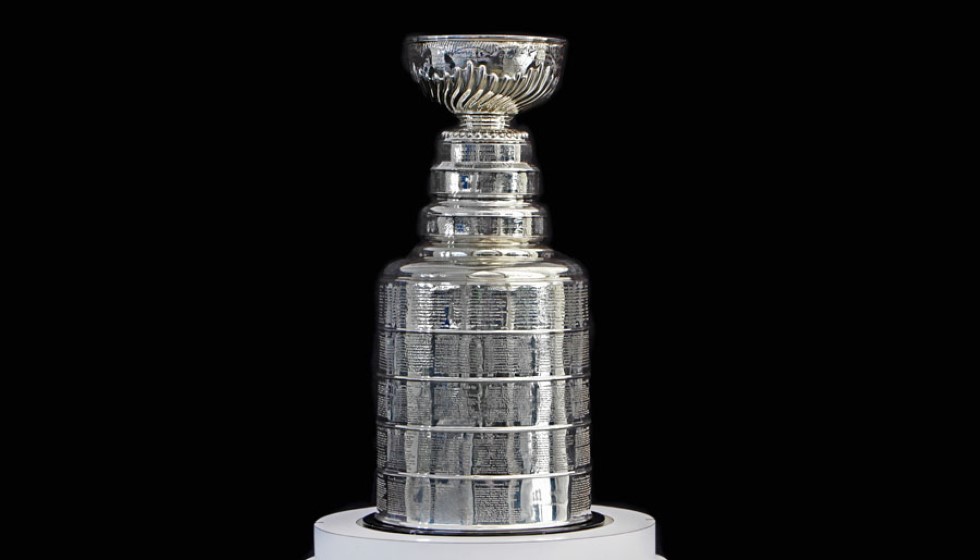
Controversy on Ice: The Marchand-Bennett Incident
In the world of professional hockey, contact is a given, but there's a fine line between a fair hit and one that crosses into questionable territory. The recent clash between Brad Marchand of the Boston Bruins and Sam Bennett of the Florida Panthers has reignited debates over what constitutes acceptable physical play. The incident led to Marchand being sidelined, placed on a day-to-day status after he failed to appear for the final period of the game in question.
Despite initially returning to the ice after Bennett's hit, Marchand's subsequent absence from the third period and the following practice session raises concerns. The nature of Bennett's hit has spurred controversy among fans and critics alike, with many suggesting that the play veered beyond the bounds of competitive spirit and into more dubious territory. Notably, the event passed without a penalty, adding fuel to the ongoing debate about on-ice oversight and player safety.
A Closer Look by the Coach: Question of Intent
Jim Montgomery, head coach of the Boston Bruins, weighed in on the situation with a perspective that suggested a darker motive behind Bennett's hit. Although Montgomery did not witness the hit in real-time, his review of the play led him to question whether there was an intent to injure on Bennett's part. "In real-time, my focus wasn't on that specific play since the puck had moved away, but having reviewed the footage, it's hard to ignore the reputation Bennett has carved out for himself," Montgomery observed. Known for being a robust and hard-hitting player, Bennett's actions in this instance have sparked debate, not only about his intentions but also about how such incidents should be interpreted and addressed by the league.
Repercussions for the Bruins and Marchand's Role
The ripple effects of the incident aren't confined to debates over the nature of the hit. With Marchand's status in question for Game 4, the Bruins face looming concerns over their offensive lineup. As a pivotal player, Marchand has contributed significantly to the team's postseason efforts, tallying 10 points in 10 games. His potential absence casts a spotlight on other team members, like David Pastrnak, who may need to shoulder a heavier load in the wake of his teammate's uncertain return.
Moreover, the situation rekindles the ever-present discussion about player safety and the league's role in managing and mitigating such incidents. The absence of a penalty for Bennett’s hit on Marchand underscores the larger issue of consistency in officiating and the measures in place to protect players. The hockey community watches closely, eagerly awaiting further updates on Marchand's condition and how it might influence not only the Bruins' playoff aspirations but also the broader dialogue on game ethics and player welfare.
Jim Montgomery's comments post-incident hint at the complexities involved in adjudicating intent and sportsmanship in hockey. "While some may see the hit as unintentional, we have our perspective, backed by Bennett's history," Montgomery said, highlighting the subjective nature of interpreting such contentious moments.
As the Bruins navigate this challenging period, the incident presents an opportunity for the league, teams, and fans to reflect on the sport's physicality and the thin ice upon which the standards of fair play precariously balance. Marchand's recovery and potential return to the ice will be watched with keen interest, but the broader implications of his injury — and the hit that caused it — will likely resonate far beyond the immediate postseason.